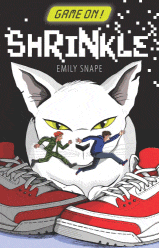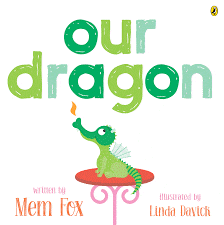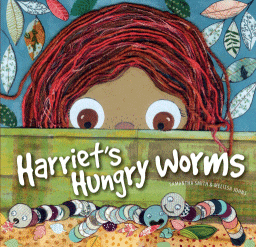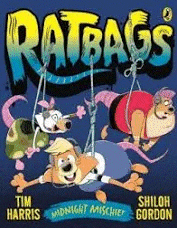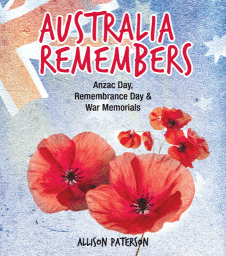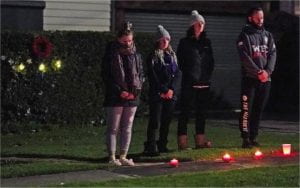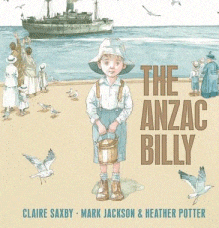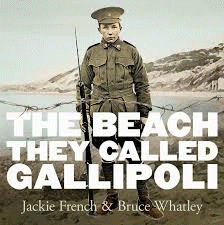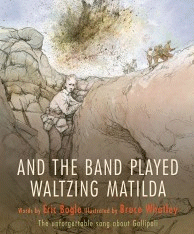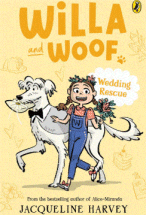
Willa and Woof 4: Wedding Rescue
Willa and Woof 4: Wedding Rescue
Jacqueline Harvey
Puffin, 2023
128pp., pbk., RRP $A12.99
9781761043345
It’s summer and Willa is looking forward to her Aunty Jane’s wedding. But it is also a time for bushfires and and Willa’s town is in danger. When a spot fire burns down the wedding venue, she has to jump into action to save the day. But while she figures out that the showground might be a good new venue, she is trapped with a secret. Local bully Robbie has hidden some injured koalas there and because he has her diary, he threatens Willa he will tell her secrets if she tells his….
The fourth is this series for emerging independent readers, Harvey has captured the black-and-white, do-or-die world of eight-year-olds well. What to an adult may seem trivial, young ones seem as really important and they don’t yet have the world experience that enables them to prioritise so the possibility of the “world” knowing about her crush on a particular boy is as devastating as what might happen to the koalas. Robbie has her over a barrel. And so whether she is able to rescue the wedding remains to be seen…
The importance of and scope for using series with emerging readers has been outlined in reviews of previous episodes in the series and this one consolidates that work. Because the series has characters and situations that will be recognisable to the readers, perhaps they can think about how the text relates to their own lives, and how they would respond if they were in a similar situation. What can they learn from Willa, Tae and Frank that they could draw on in the future? How has reading this series helped them better understand themselves and their friends? And if all that is too deep and meaningful for a holiday read, they can look forward to Episode 5 in July!
